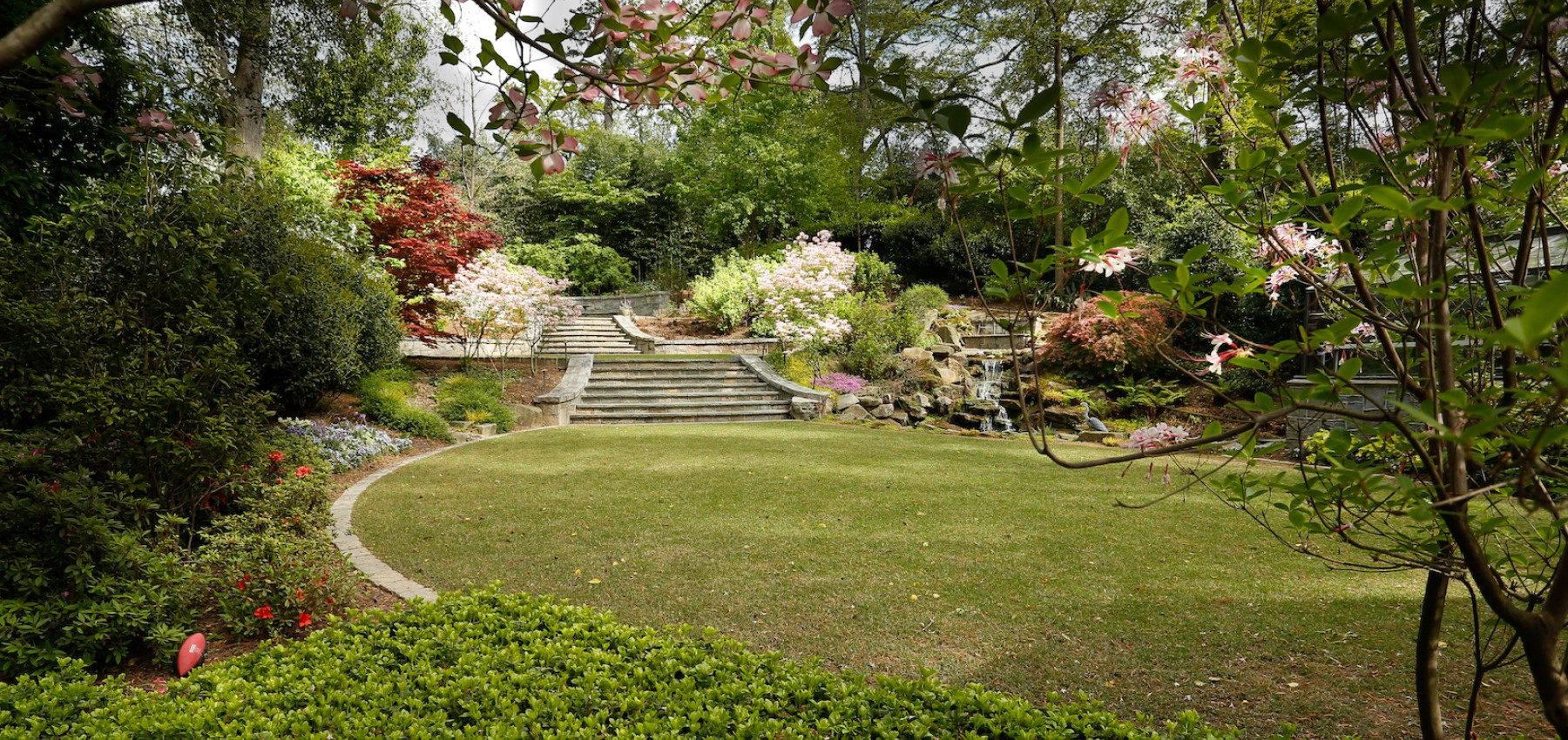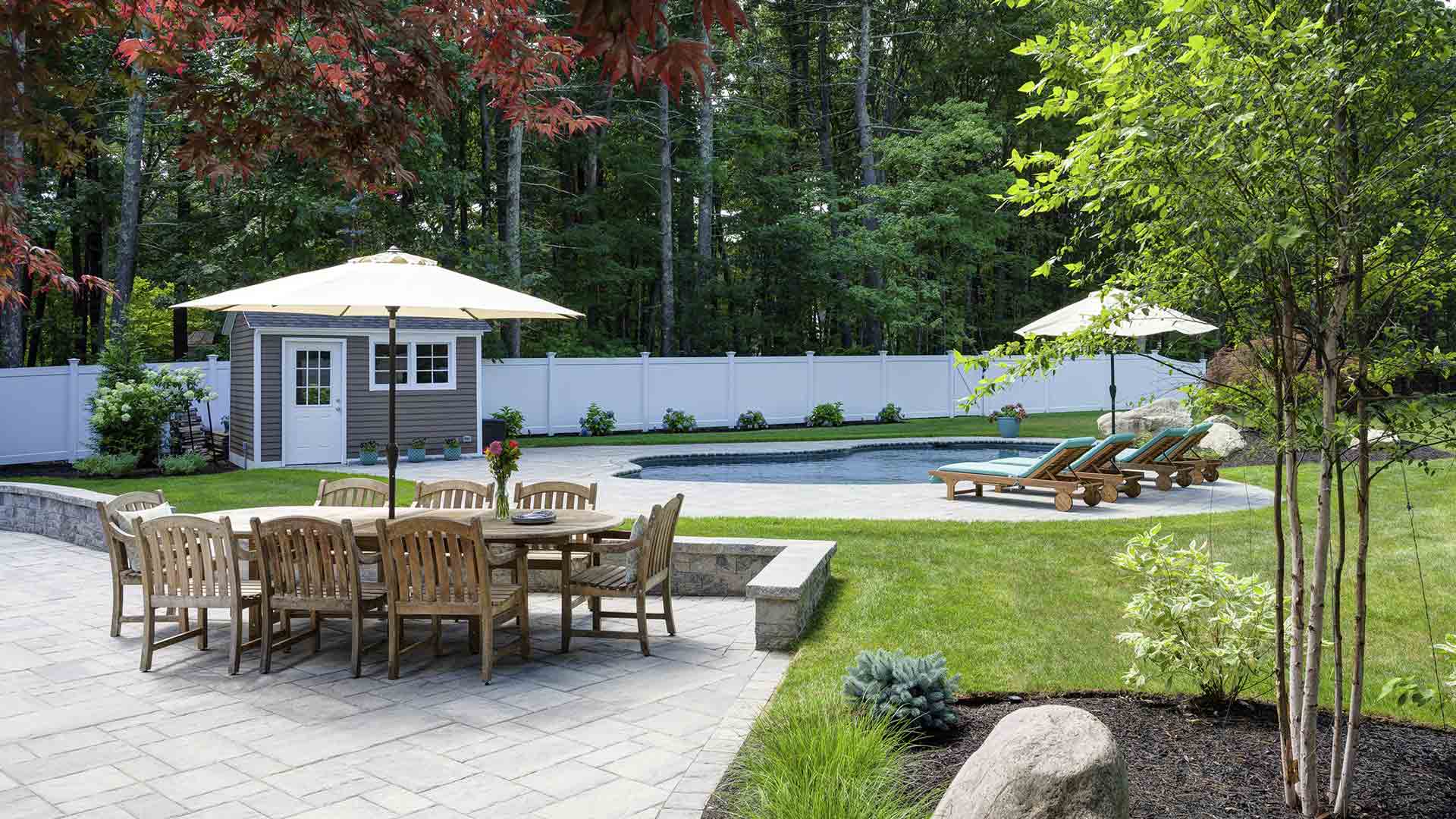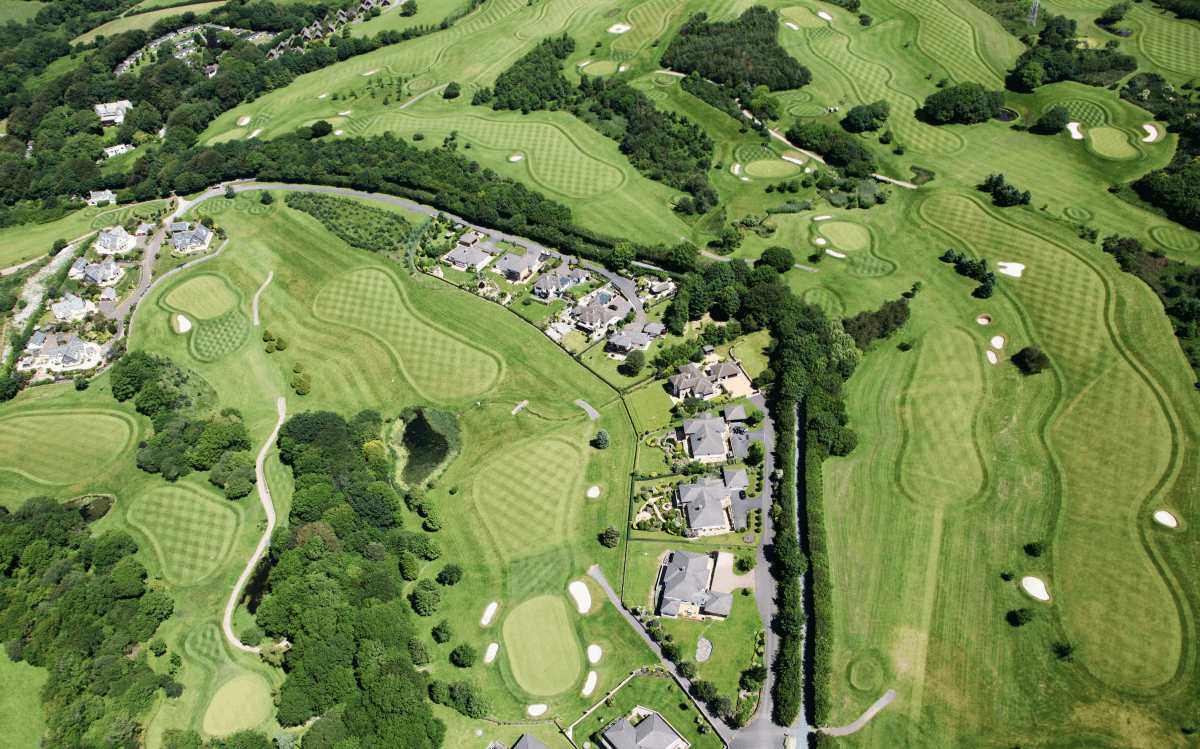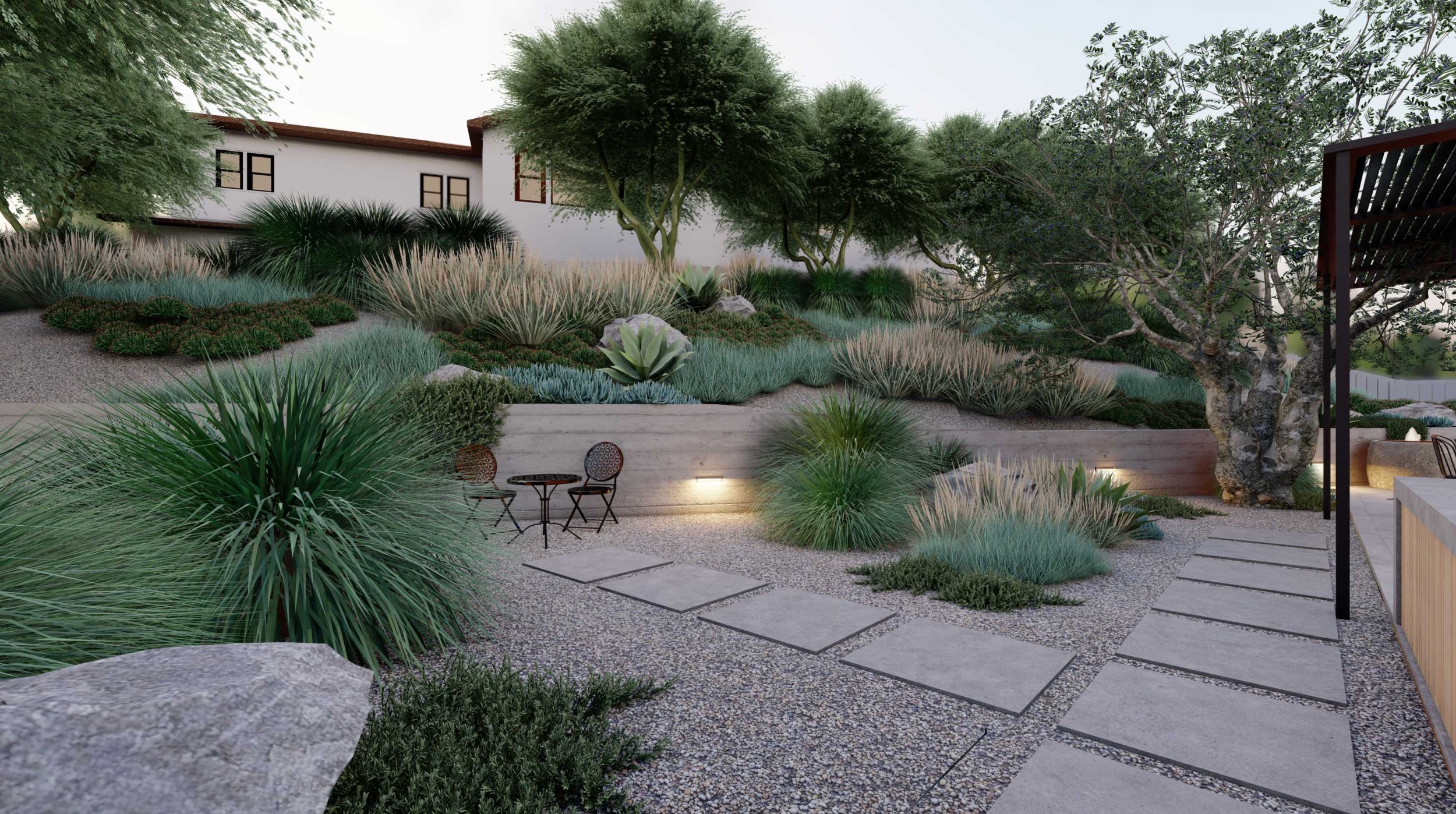The Basic Principles Of Landscapers
The Basic Principles Of Landscapers
Blog Article
Landscapers Can Be Fun For Anyone
Table of ContentsLandscapers Fundamentals ExplainedLandscapers - TruthsIndicators on Landscapers You Should KnowLittle Known Facts About Landscapers.Not known Facts About Landscapers
- A tree or bush (shrub) that sheds its fallen leaves in wintertime. In the PNW there are semi-deciduous or semi-evergreen plants that might lose their leaves relying on how cold the winter season is. Abelia and some hebe are fine examples. Landscapers. - A flat celebration space, made of wood or composite material (made to look like wood), normally surrounding or connected to a structure.

- Granite that is weathered to the point that it is a really fine accumulation. This is an all-natural procedure, and the result can be utilized for paths and patio areas. Broken down granite is commonly referred to as DG. It is particularly helpful in modern landscapes. - Trick landscape attributes being recommended in a landscape style strategy.
The Best Strategy To Use For Landscapers
These goals direct the layout process, not the designer's style or preferences. Usual layout goals in Rose city are reduced upkeep, drought forgiving, and animal friendly.
Over time this layer can get really thick and make it difficult for water, sunlight, and nutrients to get to sections of the grass.- The procedure of accumulating and managing the flow of water on a property. This can be done with grading, French drains pipes, dry wells, absorptive surfaces, sump pump, rain yards, and a lot more.
Quality at the bottom of hillsides, with natural springtimes, or packed with heavy clay have the most drainage issues.- A slow feeding irrigation system that utilizes flexible tubes and emitters to send out an accurate amount of water per plant. This is one of the most effective technique of watering plants. - The ability of a plant to endure without much summer water.
- A garden feature where water is stood for by an accumulated stone item, typically a gravel or granite. These are most commonly found in contemporary and Japanese garden style.- A rock or flagstone patio, path, or walkway constructed without a concrete base. The base would certainly be compressed gravel and the joints would be an accumulation or walkable ground cover.
The Basic Principles Of Landscapers
- A rock preserving or totally free standing wall built without the use of mortar. - An underground structure that accumulate water and allows it to reduce percolate right into the soil around it.
Landscape style that works with a websites' environment in both appearance and sustainability without negative effects to the setting. Edging in the landscape is a line of separation that creates visual interest in the yard by separating one sector from an additional segment. This can be visual or useful, keeping one component (such as pea gravel) from obtaining combined right into one more (like bark dust).
Locations can also have a sensation of "unit" offered by trees, various other plantings, fences, or screens. The landscape near the entry to a building.
A plant that is not native to the place where it will be planted. Thicker bladed lawn yard that spread via rhizomes.: The level of soil on your residential or commercial property before bark dust or garden compost is spread out.
Our Landscapers Statements

The function, factor, or action that an area is be landscaped for. Area for expanding plants for seeing, eating, or physical activity.
Low plants that are allowed or motivated to spread out over an area. Can refer to any "tough" garden components consisting of statuary or rocks but most generally is utilized to refer to paths, patios, and walls.: Elevation difference in between the level of water in a pond (or the degree of the pump if it sits outside the pond) and the top electrical outlet of water which affects efficiency of the water pump in gph (gallons per hour).

The 45-Second Trick For Landscapers
Conventional PNW landscapes are informal. A plant that use this link spreads even more than wanted, or right into habitats where it does damage.
Can include head positionings and protection, pipe sizing, GPM specifications, and products needed to mount this system. Licensed professional that develops landscapes, schooled in design and design as well as in gardening.
The specialist who prepares and establishes landscape jobs, generally at a domestic or tiny business level with the major design catalyst on growings. Landscape designers commonly have much less education than Landscape Architects and are not certified. A completed landscape layout, detailing all elements for the brand-new landscape. This typically takes the kind of an illustration theoretically.
Calcium product used to increase the pH in soil, which will make it less friendly to moss. A water limited HDPE material utilized find more info beneath fish ponds, streams and waterfalls in water attributes. Using many plantings of the very same selection to complete a location in the landscape. This can decrease upkeep and water use in the garden.
Report this page